Who were ye?: Scot who brought football to Messi city
- Published
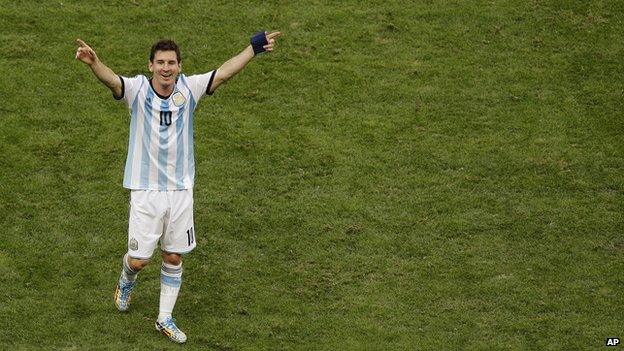
Lionel Messi is one of the world's best known footballers
Argentina face the Netherlands in a World Cup semi-final later.
Lionel Messi, the Argentineans' star goal scorer, is one of football's biggest names.
But what is less well-known is the name of a Scot who spent part of his childhood in a Highland poorhouse before playing a key part in establishing association football in Messi's home city.
Ian Campbell Whittle, a Latin-American Scot with a passion for football history, tells his story.
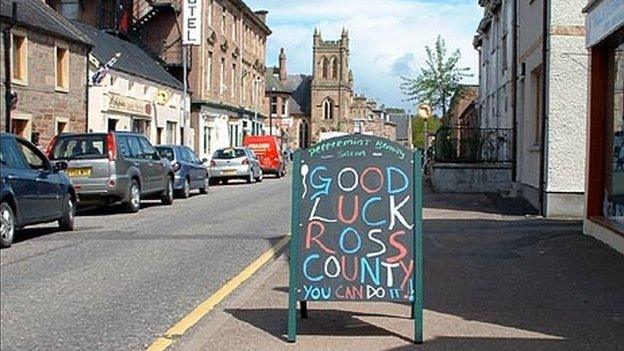
Dingwall is the home of SPL side Ross County
Rosario, second city of Argentina, is a bustling port on the broad Parana River and the birthplace of Messi.
Messi played for one of his home city's clubs, Newell Old Boys.
But the team's arch rivals, Rosario Central, nicknamed the Talleres, was Rosario's first football club. It has a close historical link with the Dingwall, a town in Ross-shire and home to Scottish Premier League side Ross County.
In 1863, British engineers had begun the building of a railway from Rosario into the then almost empty centre of Argentina.
Several years after completing the line in 1870, a second wave of British workers led the construction of a railway from the capital Buenos Aires to Rosario.
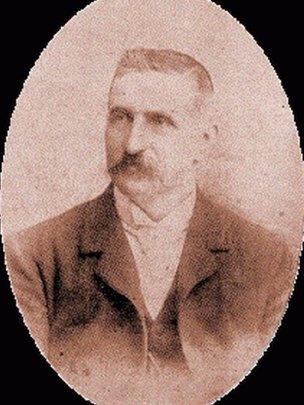
Colin Bain Calder's work on railways led him to Rosario in Argentina
In 1887, this second wave was responsible for forming the sports club Rosario Athletic. Its members mainly played cricket and rugby, as it does to this day.
Other British railway workers wanted to play association football, a craze that in the 1880s had gripped the whole of Britain.
In 1889 they were given permission to use a piece of rough railway ground for team practice.
They called themselves The Workshops - Talleres in Spanish - and used an old railway wagon as ram-shackled changing room, clubhouse and grandstand.
It was that same group of men, in October 1889, who met to discuss the formal creation of a new sports club.
The name Central Argentine Railway Athletic Club was suggested and there was intense consideration of whether to concentrate on football, or include cricket.
Progress was made and on Christmas Eve that same year a meeting was called in a bar in northern Rosario to formally found the club.
Those who had been at the October meeting were joined by others, including locals, and a committee was elected.
A man called Mr Chamberlain became secretary, a Thomas Hopper was vice-president and the club's first president was the man who had spoken up most vociferously for a football-only club.
His name was Colin Bain Calder, a Scot from the Highlands.

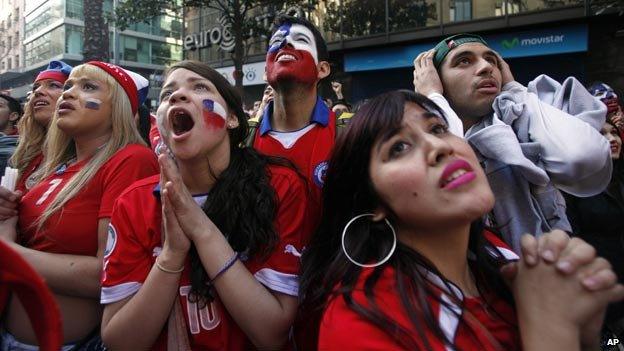
Chile, who lost out on a World Cup quarter-finals place to Brazil in a penalty shootout, also have strong footballing links with Scotland.
Scots and Chilean descendents of Scots were instrumental in forming Chile's football association in Valparasio in June 1895
The association's first office-bearers were Peter Ewing, David Scott, Robert Reid and Andrew Gemmell.
Lossiemouth-born Mr Gemmell worked in Govan as a teacher before later winning a year's teaching post at Chile's naval school in Valparaiso.

Calder was born in 1860, the third of six children, in a house on Dingwall's High Street that is still there opposite the town hall.
His father, Alexander, was a prosperous cabinet-maker, with family servants, but he died young and was buried in the graveyard of the town's St Clement's Church.
Following his death, the family's fortunes crumbled.
At 10-years-old Calder was still at school and living with his siblings and mother Charlotte. Born just a few miles away from Dingwall at Fodderty, she was now working as a seamstress in an effort to support her family.
The family, however, was forced to move into the town's poor houses at the bottom of the High Street.
It must have been hard times, but Calder found time to develop a passion for football.
It is easy to imagine Calder and his pals kicking whatever came to their feet as each day they ran the short distance between home and St Clement's School and back.
A decade later and the family were in better circumstances, living at the other end of town.
Calder, now 21, was working as a coach painter at a carriage works and it was this trade that took him 7,000 miles to Rosario.
By 1889, at 29, he was the manager of the Central Argentine Railway paint shop and championing association football.
Calder was re-elected Central Argentine Railway Athletic Club's president over the course of 11 years.

Here, there, everywhere: Dingwall's claims to fame
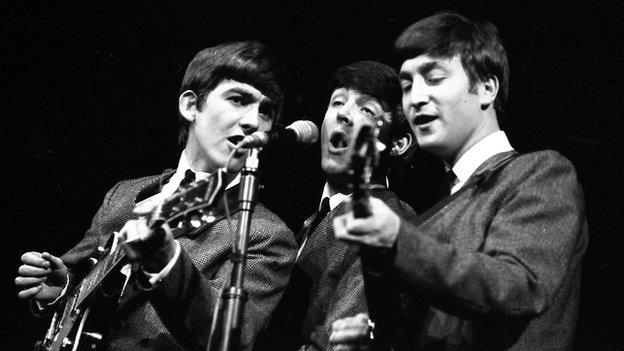
Last year, archaeologists said they had confirmed the location of a meeting place of a medieval Norse parliament. Called a "thing", evidence of the mound was uncovered during excavations of Dingwall's Cromartie Memorial car park.
Archaeologists and historians believe it was built on the instructions of Thorfinn the Mighty. The powerful Viking earl, who died in 1065, is thought to have laid the foundations of what would later become the royal burgh of Dingwall. At the height of his power he was lord of Caithness, Shetland and Orkney.
Dingwall was the home town of one of the most celebrated soldiers of the Victorian era, Maj Gen Sir Hector MacDonald.
Nicknamed Fighting Mac, MacDonald was the son of a Ross-shire crofter but rose from the ranks as a teenage soldier to become a senior officer and keen military strategist.
The Western Isles were administered from Dingwall until Stornoway-based local authority Comhairle nan Eilean Siar was established in 1975.
The Beatles played a gig in the town hall in 1963.
In 2010, Ross County reached the Scottish Cup final. There were an estimated 17,000 Ross County fans at Hampden for the Staggies' game against Dundee United. County lost 3-0.
There is a character named after the town and voiced by Robbie Coltrane in Disney-Pixar's animation, Brave. Dingwall-based Gaelic singer Julie Fowlis also featured on the film's soundtrack.

At first it was a struggle for the club to find opposition and the cricket and rugby-playing Rosario Athletic was prompted to form a football team.
Games were also organised against the crews of visiting British ships.
Outside his work and football, Calder's life saw his brother joining him in Argentina and then in 1890 he married a Scottish girl, Mary Green.
The couple had four daughters and a son, whose descendents still live in Rosario.
In 1900, Calder stepped down as club president. His successor was another Scot, William Taylor Paul.
The game by now was also changing. Football in Argentina was exploding in popularity.

Argentina's fans are preparing to cheer on their team against the Netherlands
Newell Old Boys took to a football pitch for the first time in 1903 and, in 1904, the club that Calder had helped to set up was no longer a railway workers-only outfit and had also changed its name to Club Atletico Rosario Central.
In 1905 the Rosario Football League was founded.
That same year Nottingham Forest played a friendly against Rosario Central in Rosario, winning the match 5-0.
The following year, Rosario Central's Zenon Diaz became the first non-British player in Argentina's national team.
In 1908 Rosario Central won its first regional title, Newell Old Boys having won the first two.
Calder would live to see all but the league win. He died in February 1907 aged just 46. The Dingwall boy never returned to Ross-shire.
He was buried in the Protestant Cemetery of the city he came to call home.